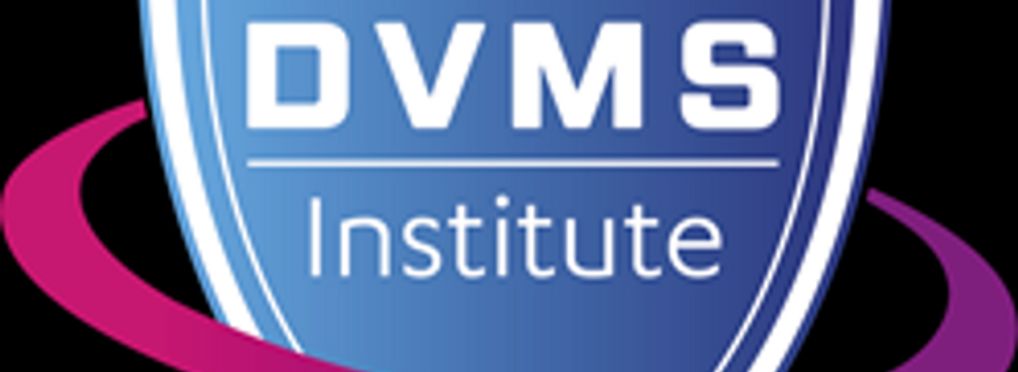These tools and metrics are designed to help AI actors develop and use trustworthy AI systems and applications that respect human rights and are fair, transparent, explainable, robust, secure and safe.
DVMS NIST Cybersecurity Framework Overlay System

Digital Value Management Overlay System
The digital landscape is evolving faster than ever before, bringing new challenges for cybersecurity professionals. This increasing complexity and unpredictability – a state often described as volatile, uncertain, complex, and ambiguous (VUCA) – means that organizations now face unprecedented problems and multi-faceted threats. Strategic adaptability and human-centered decision-making are crucial for success.
With their vast wealth of knowledge and hands-on experience, the authors of this publication (Thriving on the Edge of Chaos - A Holistic Approach to organizational Cyber Resilience) and tool emphasize a holistic approach to cybersecurity as an aspect of resiliency, offering a perspective that goes beyond its technical aspects. Central to this approach is the concept that treats their Digital Value Management System® as an overlay – a framework developed to bridge the gap between technology and human psychology, helping readers understand the intersections of complexity thinking, change management, and systems thinking within the digital realm. This approach is not theoretical; it offers actionable strategies and guidance for those who navigate the constantly shifting cybersecurity landscape.
The overlay views the security ecosystem as a complex, dynamic network of interconnected parts, where small changes in one area may trigger unexpected impacts across the system. This perspective encourages professionals to anticipate and prepare for interactions with threats, vulnerabilities, and defenses in non-linear ways, enabling them to adapt swiftly to unforeseen challenges. Systems thinking principles play a significant part in the overlay, offering a structured approach to managing the complexities, focusing on the design, analysis, and optimization of each component of the organizational environment. The principles of change management also play a critical role within the overlay, ensuring that cybersecurity practices evolve with the organization and that all stakeholders successfully adopt new processes, technologies, and behaviors. Collectively, these disciplines promote a comprehensive approach that empowers all professionals to respond to and shape their complex environments with agility and foresight.
This publication and its associated tools provide readers with both valuable insights and practical advice, equipping them to not only understand the complexities of modern cybersecurity but to thrive within it actively. This book is an essential read for anyone seeking to turn the VUCA world of cybersecurity from a source of stress and uncertainty into an opportunity for growth and resilience.
How an Overlay Model Works
The overlay model provides a cost-effective way to converge frameworks, standards, and business systems to deliver secure, resilient, and auditable cybersecurity outcomes.
DVMS CPD Model
The DVMS CPD Model represents a simple connected layered solution that facilitates secure, resilient, and auditable cybersecurity outcomes at each layer of a digital enterprise.
DVMS ZX Model
The DVMS Z-X Model operationalizes the CPD Model by enabling an organization’s ability to govern, assure, plan, design, change, execute, and innovate secure, resilient, and auditable cybersecurity outcomes.
DVMS 3D Knowledge Model
The DVMS 3D Knowledge Model operationalizes communication & collaboration channels across business and technical silos to support the delivery of secure, resilient, and auditable cybersecurity outcomes.
DVMS Case Study
Guidehouse Security, Dr. Joseph Baugh shares his story on how his NIST Cybersecurity Framework Training enabled him to help a large energy company become compliant with TSA’s Directive for Pipeline Security
About the tool
You can click on the links to see the associated tools
Developing organisation(s):
Objective(s):
Impacted stakeholders:
Purpose(s):
Target sector(s):
Lifecycle stage(s):
Type of approach:
Maturity:
Usage rights:
Target groups:
Target users:
Validity:
Enforcement:
Geographical scope:
People involved:
Technology platforms:
Tags:
- ai governance
- ai compliance
- ai quality
Use Cases
Would you like to submit a use case for this tool?
If you have used this tool, we would love to know more about your experience.
Add use case



 Partnership on AI
Partnership on AI


























